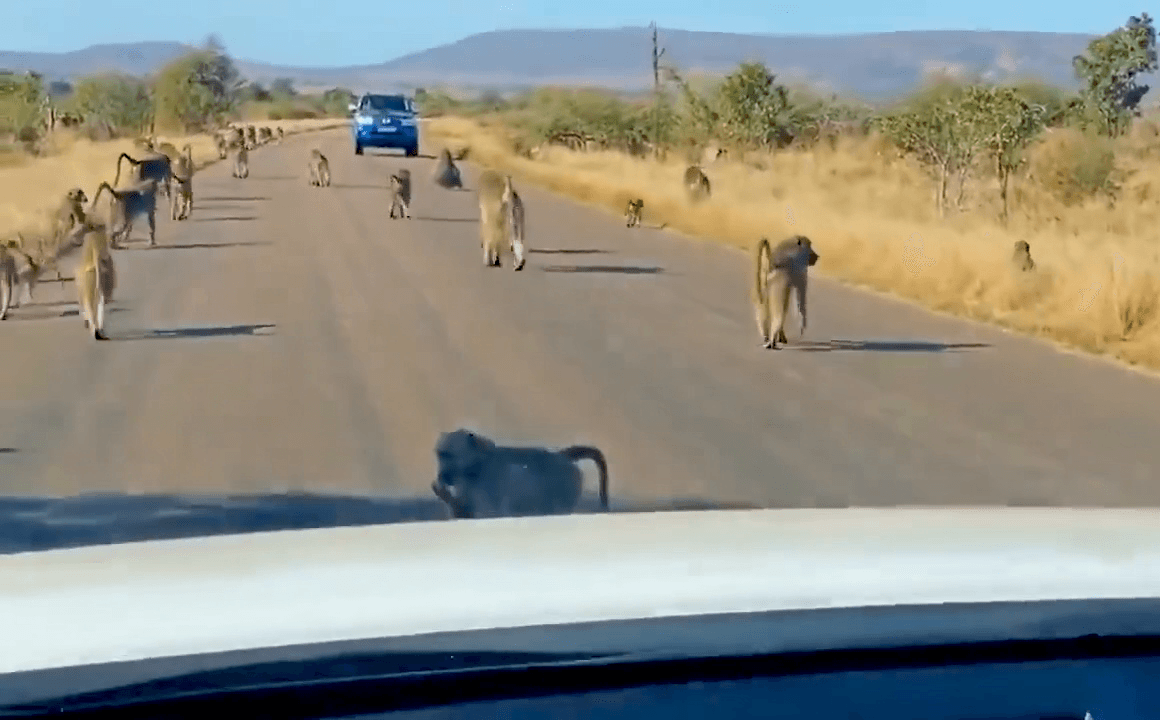
Hunting in the Waterberg: Geography and Natural Features, Hunting Demographics, and Game Species Diversity Geography and Nature The Waterberg region in Limpopo is a scenic highland plateau of rugged hills, open bushveld, and tranquil river valleys. Located just a few hours from Johannesburg, it’s easily accessible yet offers a remote, wild atmosphere. The area is malaria-free and characterized by rocky ridges, savanna woodlands, and diverse ecosystems that support a broad array of game. Hunting Demographic data Waterberg attracts a mix of international trophy hunters, family groups, and South African locals. Many hunters travel here for its combination of high-quality game, ethical fair-chase opportunities, and luxurious accommodations. It’s also a popular choice for first-time safari hunters thanks to its accessibility, safety, and professional outfitters. Hunting Characteristics in the Waterberg Hunting in Waterberg is primarily conducted on large, privately-owned conservancies. Walk-and-stalk is the standard method, offering traditional, ethical hunting experiences. With thousands of hectares available on many properties, there’s plenty of space for low-pressure, fair-chase hunts across varied terrain. Types of Hunting and Game Species Waterberg offers a wide variety of plains game species including kudu, impala, wildebeest, waterbuck, and nyala. Larger properties may also host premium species like sable, roan, and Cape buffalo. Leopard hunts are possible under special permits. Bowhunting is well-supported, with blinds set near waterholes and designated archery zones. Hunting Seasons The best time to hunt in Waterberg is during the dry season from May to September. These months offer cooler temperatures, better visibility, and more predictable game movement around water sources. March and April bring greener conditions and lower hunter traffic, while October remains productive despite rising heat. Bowhunting is most effective from June through August. Hunting Organizations and Clubs Numerous established outfitters operate in the Waterberg, many of them affiliated with PHASA (Professional Hunters’ Association of South Africa) and international hunting organizations. These lodges often offer full-service packages and assist with firearm permits, airport transfers, and trophy export services. Hunting Regulations All hunts in Waterberg are conducted under South African hunting laws, with necessary permits, game quotas, and professional hunter licensing enforced. Dangerous game such as buffalo or leopard requires special authorization. Bowhunting zones are regulated to ensure ethical harvests and species sustainability. Hunting Traditions Waterberg lodges blend traditional safari hunting ethics with high-end hospitality. After a day in the bush, hunters return to lodge meals, sundowners around the fire, and luxury touches like private decks or spa treatments. Some outfitters promote a family-friendly environment, where non-hunting guests enjoy game drives, horseback safaris, or photographic excursions. Interesting Facts The Waterberg Biosphere Reserve is recognized by UNESCO for its biodiversity and cultural heritage. Some hunting lodges double as conservation centers, actively managing endangered species like roan and sable. Due to its proximity to Johannesburg, Waterberg is one of the most accessible premium hunting destinations in the country—ideal for combining a short safari with a larger South African holiday. Many lodges offer rifle rentals and cater to bowhunters with specialized setups.
Post: 25 July 19:53


































